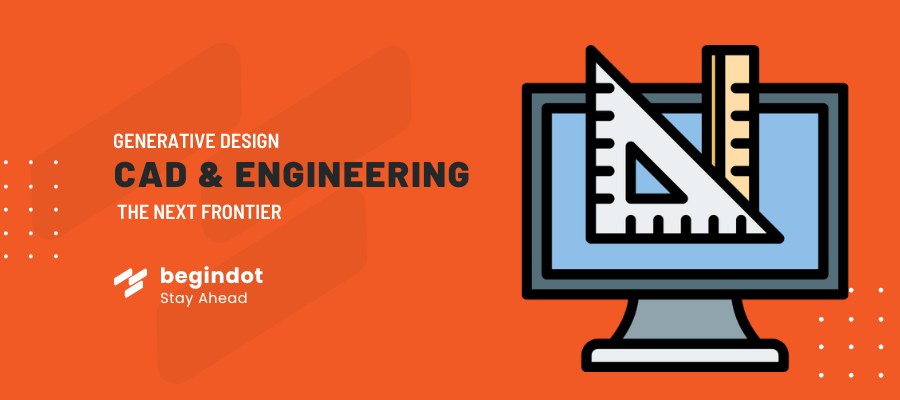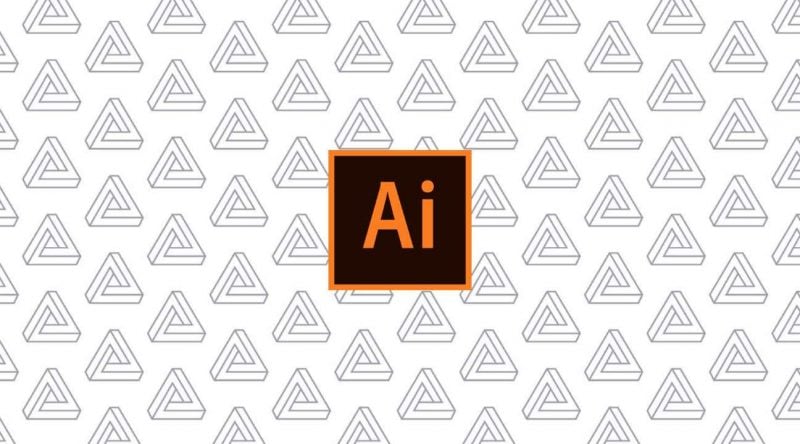Generative design is an iterative method used by engineers and designers to create new product designs with the aid of CAD software tools. These tools come with features that allow them (the designers) to create multiple design possibilities.
All they need to do is just provide the tools with the required data. So, how are these designs created? Well, you need to note that these are not AI-created designs. They are human designs, only that they are refined through machine learning (ML) and artificial intelligence (AI).
An Example of Generative Design
Let us assume that you are a designer looking for possible designs for a king-size bed using generative design. Using the right tools, you should ensure you have provided data for the bed. The data might include the load, length, width, height, and any other data required.
Using some of the most popular tools like Fusion 360 or SolidWorks, you will create many iterations that can be fine-tuned to match your requirements. You can even get more designs from each of these iterations.
So, having understood what generative design is, why is it the next frontier in CAD and engineering? Well, it is doing more and making design faster and easier. These trends in generative design are making it even much better.
Additive Manufacturing
Most people use additive manufacturing interchangeably with 3D printing. It is one of the things that is making generative design the next frontier in CAD and engineering. Using additive manufacturing, you can build a part from one layer to another while allowing the design process to be flexible.
This explains why this process is one of the best options for manufacturing parts created through generative design. If you look at the printers used in our manufacturing plants today, you will realize that most of them can process plastics.
Unfortunately, 3D printers are not very common. They are, however, slowly creeping into manufacturing, and we expect to see major disruptions affecting the design industry.
Some examples of additive manufacturing include powder fusion, sheet lamination, binder jetting, material extrusion, directed energy deposition, and VAT photopolymerization, among others.
Part Consolidation
Part consolidation is another reason we will see a lot of generative design in CAD and engineering. This is because engineers using multiple-part assemblies can turn them into single-part assemblies or products.
This way, they can achieve a manufacturing process that is more efficient and effective. In addition, they can help their manufacturing companies to streamline their supply chains and use their warehouses effectively.
Let us look at what General Motors achieved with the manufacturing of seat brackets. Using the generative design, engineers changed a bracket with eight parts into a bracket with just one. Due to its effectiveness, they started using it in many of its processes.
Custom Made Products
If you work in the retail industry, you understand how challenging it can be. You are supposed to invest in business intelligence to adapt to changes in customer habits and needs for you to remain in the industry. If you want to be successful, then you need to be creative and always be on the lookout for new ways to meet these needs.
Fortunately, you can rely on generative design to provide a good experience and provide amazing customer care to your customers. This is something that is making generative design the next frontier in CAD and engineering.
This is because it is allowing manufacturers and retailers to produce personalized and custom products that are meant to meet customer expectations. This can be a very expensive process using traditional design and manufacturing processes.
Let us take the example of Adidas. This company wants to produce shoes that fit the requirements of its customers. Forget about the normal fit and size, the shoes should also fit their user’s running style, knee limitations, and arch. The company is doing this using 3D printing and generative design.
Conclusion
The power generated from the combination of machine learning, artificial intelligence, and the talents of designers has given birth to generative design.
Since we have advanced scripting and high processing power, we have a technology that can be used in ways that designers never thought would be possible.
Designers and engineers are also able to create products that follow all their set requirements as well as constraints.
This provides them with great CAD models. If generative design is already transforming CAD and engineering today, what do you think it will do in the next decade?










